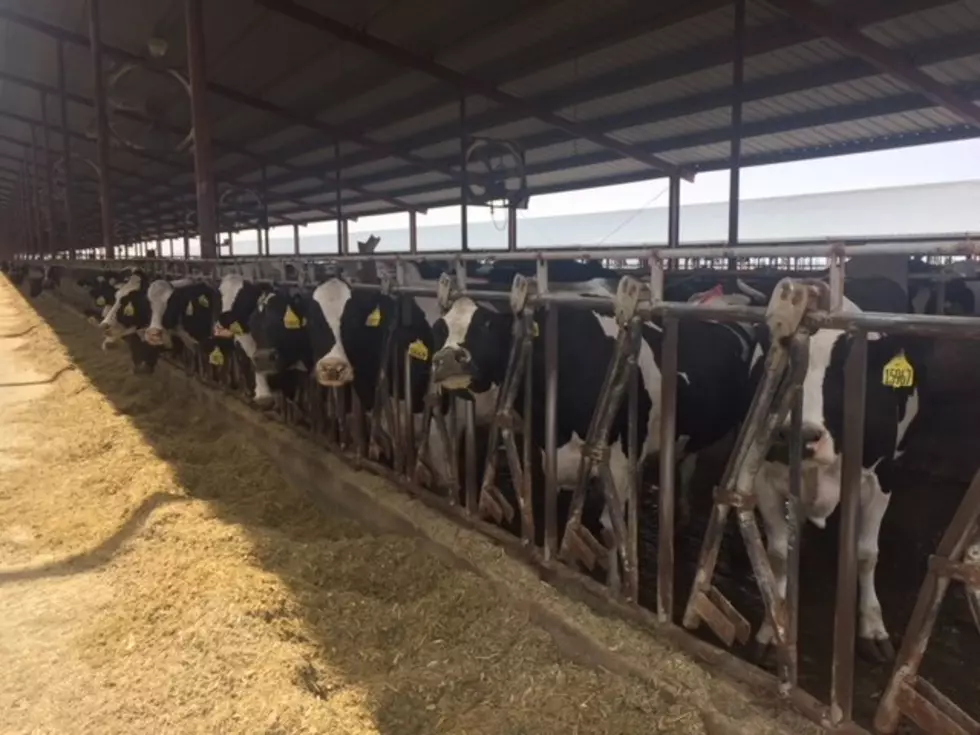
Tariffs Continue To Push Equipment Prices Higher
Industry analysts say the North American farm equipment supply chain had to increase its product pricing anywhere from 3%-4%, due directly to tariff disruptions. Another result of tariffs is a larger-than-normal inventory of new equipment sitting on lots. Steve McCabe, executive director of the Agricultural Manufacturers of Canada, said the industry is happy to see the tariffs lifted because many of his organization’s members had continued to build equipment after deciding against laying off employees.
“A lot of our members have manufacturing facilities in the U.S. as well. In most cases they’re the big employer in their small communities. So, there’s a lot of iron sitting out in a lot of our members yards, waiting to be sold – its sitting there as inventory, and now that the tariffs have been lifted, I think we’re going to see a lot more movement of product.”
Fraser Johnson, professor of economic supply chains at the Ivey Business School at the University of Western Ontario, says the entire Tariff-driven business climate is rather ironic, as it’s being waged at a time when large scale Trade Agreements have been so successful over the past few decades.
“Organizations have, since development of the free trade agreement back in the 1990’s, set up supply chains that are fully integrated based on a tariff-free environment. The uncertainty created by the constant changes in policies by the US government make it difficult for companies to be able to establish long term plans.”
Johnson noted tariffs may benefit involved government coffers in the short-term, but the money itself, is borne by the marketplace.
If you have a story idea for the Washington Ag Network, call (509) 547-1618, or e-mail gvaagen@cherrycreekradio.com
More From PNW Ag Network









